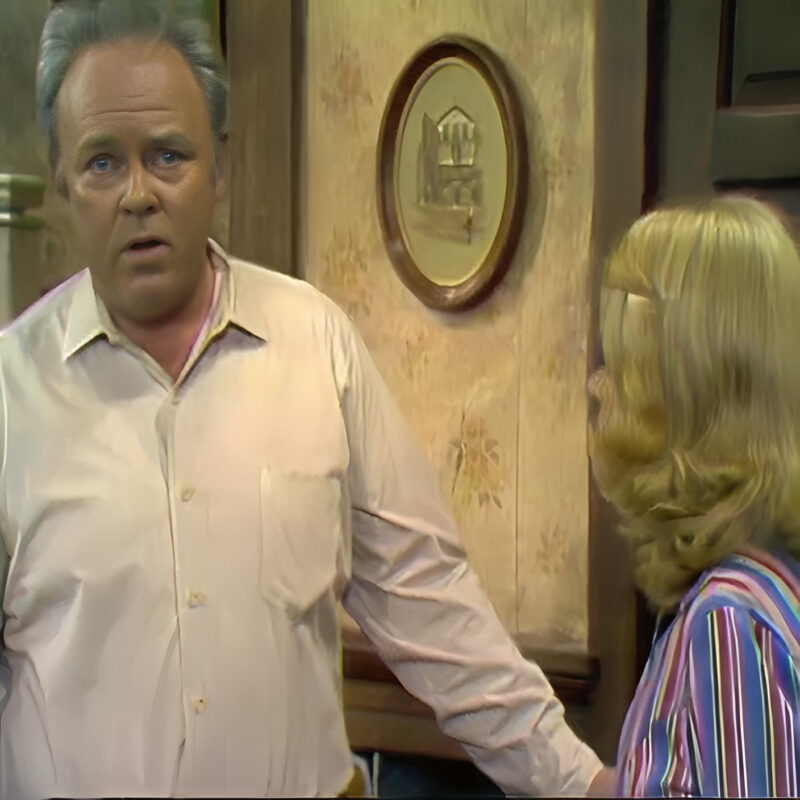
The first drag queen to be “afforded dignity, love, and respect” on mainstream television appeared 34 years before the debut of “RuPaul’s Drag Race,” in a 1975 episode of “All in the Family.”
In Season Six of the CBS sitcom, viewers were introduced to Beverly La Salle (portrayed by Lori Shannon), a groundbreaking character at a time when TV rarely offered sympathetic portrayals of gender nonconformity, as writer Matt Baume points out.
Baume, a Seattle-based writer, explores this pioneering episode—titled “Archie the Hero”—in his “Culture Cruise” video series. Despite some ham-fisted moments and cringe-worthy elements, including explicit anti-LGBTQ language, Baume believes the episode was progressive and forward-thinking.
“It’s sometimes hard to talk about gender nonconforming people from decades past because the terms we use today are different from the terms they would have used back then,” Baume explains in the video. “Not a lot of people use the phrase ‘female impersonator’ today… the point is that they’re creating an illusion of being female, usually doing an impression of a famous female star.” By comparison, Beverly identifies as a “transvestite,” a term implying something more personal than merely being an entertainer. This nuance suggests that Beverly’s presentation as female may extend beyond the stage.
Meanwhile, the show’s central couple, Archie and Edith Bunker (Carroll O’Connor and Jean Stapleton), use problematic language but ultimately recognize Beverly as a human being whose life is worth saving. This depiction broke from the era’s typical portrayal of drag queens and gender nonconforming individuals.
“While drag was common in live venues in the 1970s, it was pretty rare on television,” Baume told HuffPost. “That’s what makes Beverly LaSalle on ‘All in the Family’ such a trailblazer—at a time when TV treated drag performers as deranged psychopaths and literal punchlines, she was probably the first to be afforded dignity, love, and respect.”
Moreover, unlike many “very special episode” queer characters who appear once and never return, Beverly became a recurring guest with a full arc over three years, making her truly ahead of her time. This character offers a remarkable glimpse into real-life queer culture, which had been largely kept off-camera in television history.
Baume, author of the 2015 book “Defining Marriage: Voices From a Forty-Year Labor of Love,” has also analyzed LGBTQ-inclusive episodes of “Maude” and “Married… With Children” on “Culture Cruise.” In January, New York Times writer Margaret Lyons praised the series as a “thoughtful and thorough” examination of queer representation—the good and the bad—in pop culture.
